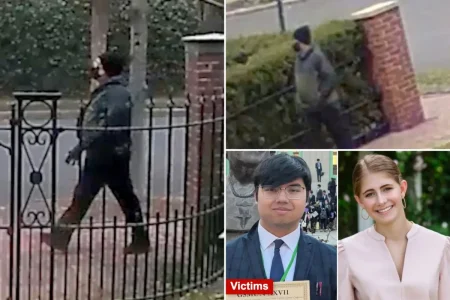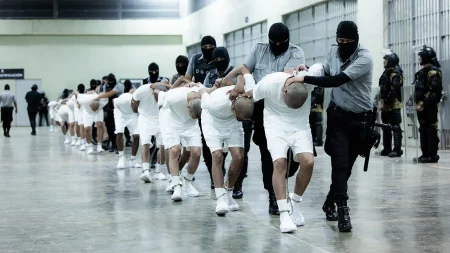Maintaining Bonds: How Families Stay Connected to Their Loved Ones in Gaza
In the shadow of ongoing conflict, families with loved ones held captive in Gaza have developed deeply personal rituals and coping mechanisms to maintain their emotional connections despite the physical separation. These families navigate an excruciating limbo, balancing between hope and heartbreak while trying to preserve a sense of normalcy in profoundly abnormal circumstances. Their stories reveal the extraordinary resilience of the human spirit and the power of love to transcend even the most challenging separations.
For many families, personal belongings have become sacred vessels of memory and connection. A mother might sleep with her son’s unwashed T-shirt to feel close to him, preserving his scent as a tangible reminder of his presence. Others maintain their loved ones’ rooms exactly as they left them—books open to half-read pages, favorite snacks stocked in kitchen cabinets, toothbrushes standing ready in bathrooms—creating shrines to normalcy that await their return. These physical touchpoints serve as bridges across the separation, allowing families to engage in a form of dialogue with their absent loved ones through objects that carry emotional significance and shared memories.
Communication takes many forms for these families, even when direct contact is impossible. Some write letters they cannot send, filling journals with daily updates, feelings, and promises for reunion. Others speak aloud to photos, maintaining one-sided conversations that provide comfort and continuity. Many have established rituals on birthdays and anniversaries, lighting candles, preparing favorite meals, or raising glasses in toast to absent family members. These acts serve not only as expressions of remembrance but as declarations of faith that their loved ones will someday return to celebrate properly. In this liminal space between presence and absence, families find creative ways to nurture bonds that transcend physical separation.
Community has proven essential for these families navigating unimaginable circumstances. Support groups connect those sharing similar experiences, creating spaces where the unique pain of having a loved one in captivity doesn’t require explanation. These networks provide practical assistance, emotional support, and opportunities to channel grief into action. Many families have found purpose in advocacy work, transforming their personal anguish into public awareness campaigns and political engagement. Through collective action, they not only work toward the release of their loved ones but also find meaning in their suffering and solidarity in shared purpose. Their private grief becomes a platform for public consciousness, allowing them to honor their captive family members through action.
The psychological toll of this indefinite waiting creates a complex emotional landscape for families. They experience what psychologists call “ambiguous loss”—a particularly challenging form of grief where there is no closure or certainty. Many describe living in a perpetual state of suspended animation, unable to fully mourn yet denied the comfort of their loved one’s presence. Daily functioning becomes an act of courage as families make conscious decisions to continue working, parenting other children, and engaging with life while carrying the weight of absence. Mental health professionals working with these families note their remarkable ability to hold contradictory emotions simultaneously—devastating sadness alongside determined hope, anger alongside love, despair alongside resilience.
Despite the darkness of their circumstances, these families demonstrate the remarkable capacity of the human heart to preserve connection against all odds. They teach us that love does not require physical proximity to remain vital and meaningful. Their stories remind us that in our most broken moments, we can still find ways to nurture our bonds with those we cannot reach. As they wait for reunions they pray will come, these families show us what it means to love completely, to hope fiercely, and to maintain faith in the possibility of reunion even when the path forward remains unclear. Their private rituals of connection stand as powerful testimonies to the enduring strength of human bonds in the face of circumstances designed to sever them.









